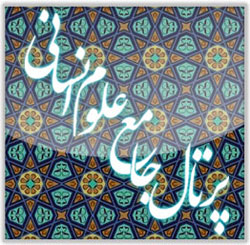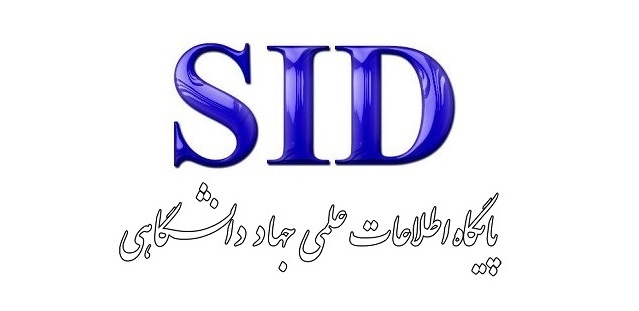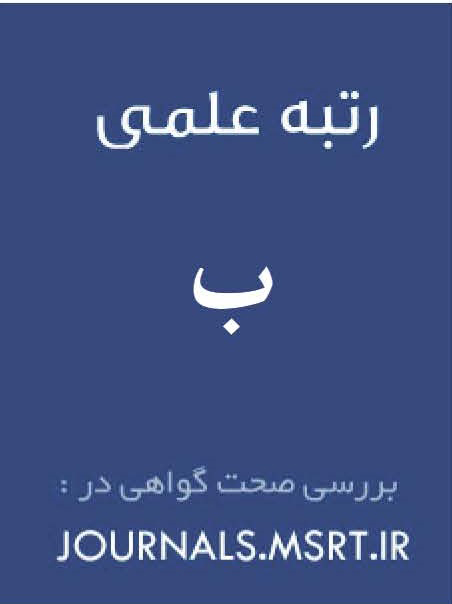Analysis of Sacred Defense Screenplay Based on Roland Barthes' Theory (Case Study: Gilaneh Film)
Keywords:
Discourse, script, Sacred Defense, Roland Barthes, Homeland, HeroAbstract
Since the 1980s, Sacred Defense cinema has served as a clear manifestation of the ideological discourse of the Islamic Republic, accompanied by portrayals of heroism, myth-making, narratives, and the introduction of war heroes. This discourse was constructed around the Iran-Iraq war, which is generally referred to as the Sacred Defense discourse. Although it emerged from a real war occurring in a specific time and place, this discourse did not remain confined to its immediate context. Rather, it reflected a particular mode of thought that transcended the military struggles of that period. The aim of this analysis is to explore the applicability of Roland Barthes’ theory in analyzing the screenplay of Gilaneh, which belongs to the Sacred Defense genre. Thus, the main research question is posed as follows: To what extent is Barthes' discourse analysis theory applicable to the screenplay of Gilaneh? The findings indicate that Barthes' five narrative codes can indeed be utilized in the analysis of this screenplay. The research method in this study is descriptive-analytical and grounded in Barthes’ theoretical framework.
Downloads
References
Barthes, R. (1967). Elements of Semiology. Cape Editions.
Barthes, R., & Richard, H. (1981). Camera Lucida. Hill and Wang.
Barthes, R., & Richard, M. (1974). S/Z. Noonday.
Buckland, W. B. (2007). The Cognitive Semiotics of Film. In (pp. 102-135). https://doi.org/10.3726/81600_102
Dorraj, M. (1997). Symbolic and Utilitarian Political Value of a Tradition: Martyrdom in the Iranian Political Culture. The Review of Politics, 59IS - 3, 489-521. https://doi.org/10.1017/S0034670500027698
Gomez, J. (2017). An Analysis of Roland Barthes's Mythologies. CRC Press.
Huppatz, D. J. (2011). Roland Barthes, Mythologies. Design and Culture, 3(1), 85-100. https://doi.org/10.2752/175470810X12863771378833
Ponzio, A., & Petrilli, S. (2007). Semiotics Today. From Global Semiotics to Semioethics, a Dialogic Response. Legas.
Rylance, R. (2016). Roland Barthes. Routledge ISBN - 978-1-134-96336-2.
Vafaee, A. A., & Atashipour, M. (2020). The Discursive Conflict Between Intellectual Discourse and Political Discourse in Defining the Components of Fiction Literature After the Islamic Revolution, With a Focus on War/Defense Literature. Literary Text Research, 24(83), 39-70.
Varzi, R., & Richard, T. (2002). A Ghost in the Machine: The Cinema of the Iranian Sacred Defence. In The New Iranian Cinema: Politics, Representation, Identity. I. B. Tauris.
Watts, P. (2016). Roland Barthes' Cinema. Oxford University Press. https://doi.org/10.1093/acprof:oso/9780190277543.001.0001
Zlatev, J. (2009). The Semiotic Hierarchy: Life, Consciousness, Signs and Language, Cognitive SemioticsCY - Sweden. https://doi.org/10.1515/cogsem.2009.4.spring2009.169
Downloads
Published
Submitted
Revised
Accepted
Issue
Section
License
Copyright (c) 2025 Hamid Sarukhani (Author); Hossein Ghasemi; Morad Bagherzadeh Kasmani (Author)

This work is licensed under a Creative Commons Attribution-NonCommercial 4.0 International License.







